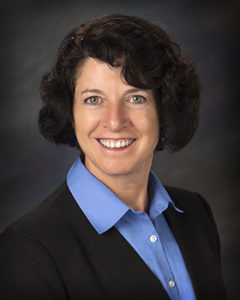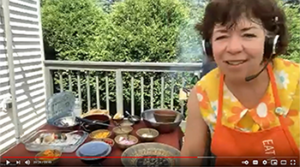Great Lakes surfers to Michigan: Don’t close beaches during rough waves

By Makayla Coffee, Bridge Michigan
The Great Lakes News Collaborative includes Bridge Michigan; Circle of Blue; Great Lakes Now at Detroit Public Television; and Michigan Radio, Michigan’s NPR News Leader; who work together to bring audiences news and information about the impact of climate change, pollution, and aging infrastructure on the Great Lakes and drinking water.
Great Lakes Now
https://www.greatlakesnow.org/2021/07/great-lakes-surfers-michigan-beaches-rough-waves/















